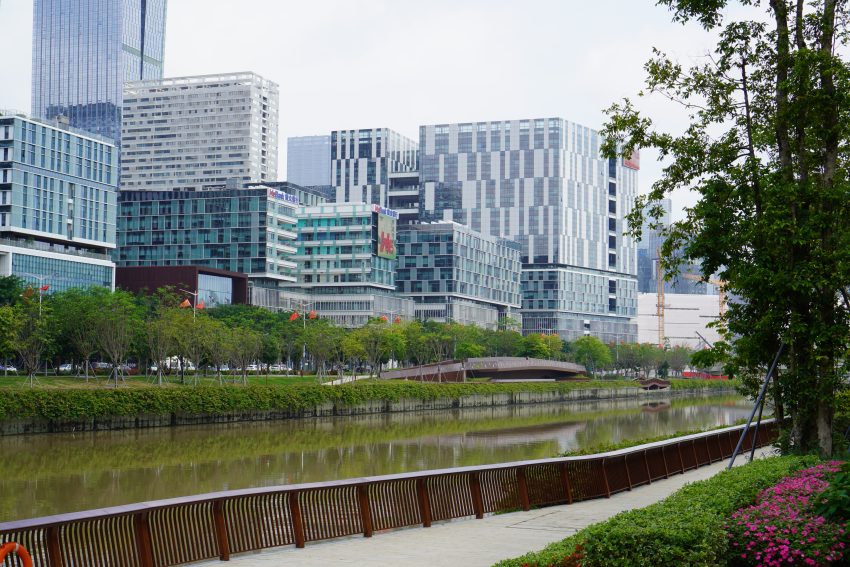The Importance of Water Resource Management Through the Transformation of Shenzhen’s Dasha River Park
Dasha River Park, located in the heart of Shenzhen, was once a polluted and deteriorating urban river. In recent years, with continuous investment in water resource management and ecological restoration, the river has undergone a dramatic transformation into a beautiful and ecologically thriving urban park. This change not only showcases the significant achievements of water resource management but also serves as a reminder of the importance of water resource conservation and management.
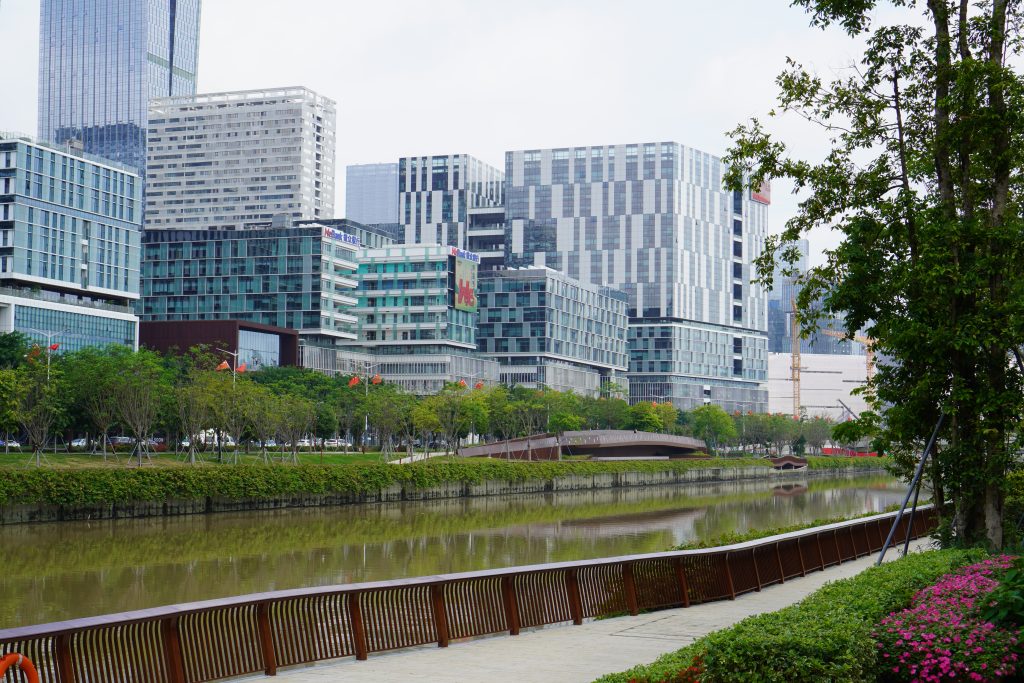
The Past of Dasha River: Pollution and Degradation
In the past, Dasha River was an important river in Shenzhen. However, over time, due to rapid urbanization, industrial discharge, and the release of domestic sewage, the river’s water quality gradually deteriorated, becoming synonymous with pollution. The water was murky and emitted foul odors, and the surrounding ecological environment suffered severe degradation. The riverbed was covered with garbage, and aquatic species had nearly vanished. The deterioration of air and water quality not only impacted the quality of life for residents but also posed a significant threat to the city’s overall ecological environment.
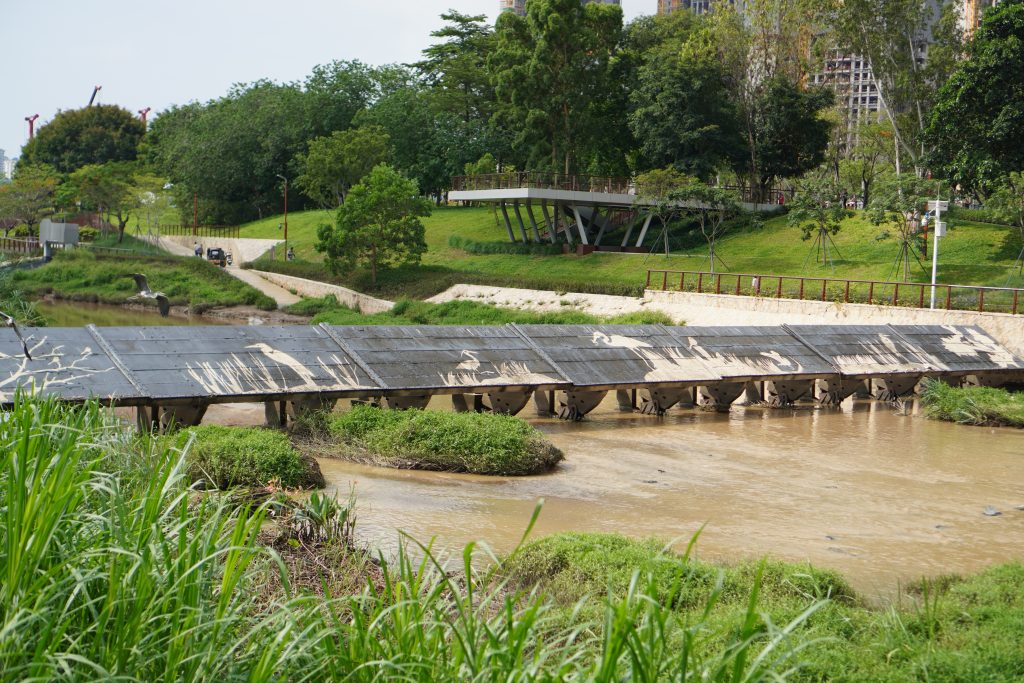
Water Resource Management: The Key to Ecological Improvement
The transformation of Dasha River was made possible through the collective efforts of the Shenzhen government and various sectors in water resource management. Since the 1990s, Shenzhen has implemented a series of water management measures aimed at improving water quality, restoring ecosystems, and enhancing environmental quality. Key measures include:
- Sewage Treatment: Strengthening the treatment of industrial and domestic wastewater, promoting the construction and upgrading of sewage pipelines to ensure effective control of pollution sources.
- Riverbed Dredging and Restoration: Dredging the riverbed to remove accumulated pollutants and restoring the river’s ecosystem by rehabilitating aquatic plants and wildlife habitats to enhance the self-purification ability of the river.
- Wetland Construction: Developing artificial wetlands along the riverbanks to further purify the water through the natural filtering functions of plants and to improve the river’s self-restoration capacity.
- Public Participation and Environmental Education: Promoting environmental awareness through various public campaigns, encouraging citizens to participate in river conservation, and fostering a community-focused approach to water resource management.
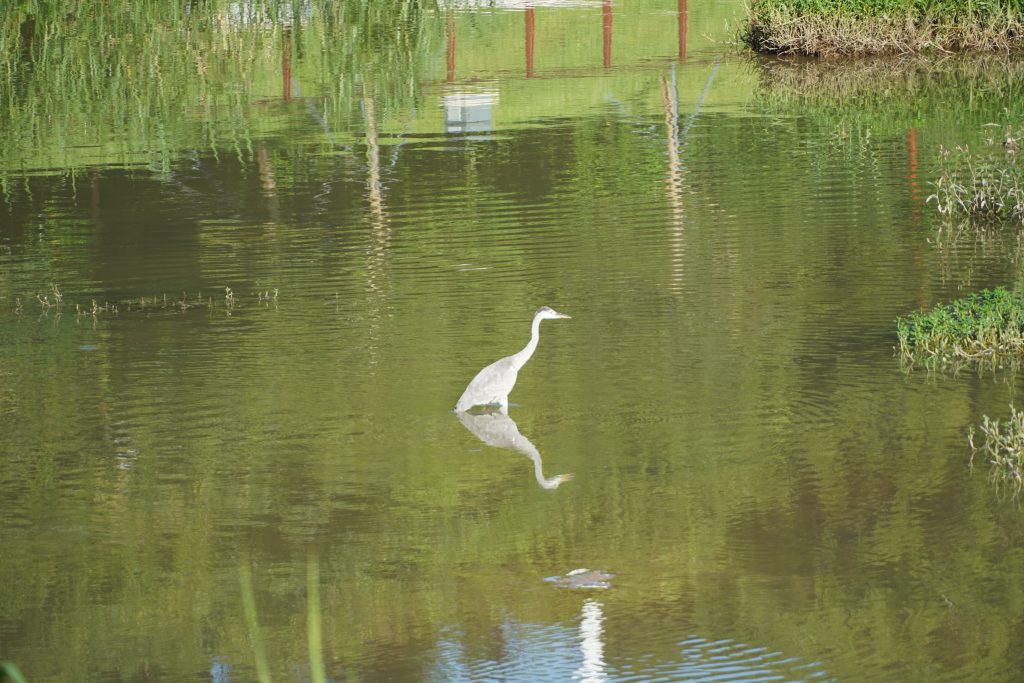
Today’s Dasha River: Green Ecology and Urban Coexistence
Today, Dasha River Park has been revitalized. The river’s water is clear, with aquatic plants floating on the surface, and the riverbanks are lined with lush greenery. Birds and aquatic species now thrive in the area. The water quality and ecological environment of Dasha River have improved significantly, turning it into a popular destination for leisure and nature-based activities. The green belts and walking paths along the river provide residents with a pleasant outdoor space and have become an integral part of eco-tourism.
More importantly, the transformation of Dasha River goes beyond just water quality improvement—it reflects the profound impact of water resource management on the ecosystem. The river’s self-purification ability has been strengthened, and the diversity of aquatic plants and the number of birds have increased significantly. The ecological restoration of Dasha River has ensured the protection of biodiversity in the surrounding area and provided a solid foundation for improving the quality of life for residents.

The Far-reaching Significance of Water Resource Management
The success of Dasha River’s transformation demonstrates the critical importance of water resource management in urban ecological restoration. Water is the source of life, and the health of water resources directly impacts the sustainability of ecosystems and the quality of human life. With the rapid pace of urbanization, water resources are under increasing pressure, and issues like water pollution and ecological degradation are becoming more severe. Therefore, scientifically sound water resource management is essential not only for improving water quality and restoring ecosystems but also for promoting sustainable social and economic development.

The Dasha River case reminds us that, against the backdrop of global climate change and growing water scarcity, the protection and management of water resources must receive more attention. Whether it is through government policy, or increased public environmental awareness, we must push for deeper water resource management efforts. Only through scientific planning, comprehensive management, and public participation can we achieve sustainable water management and ensure the continued improvement of water quality and ecosystem stability.
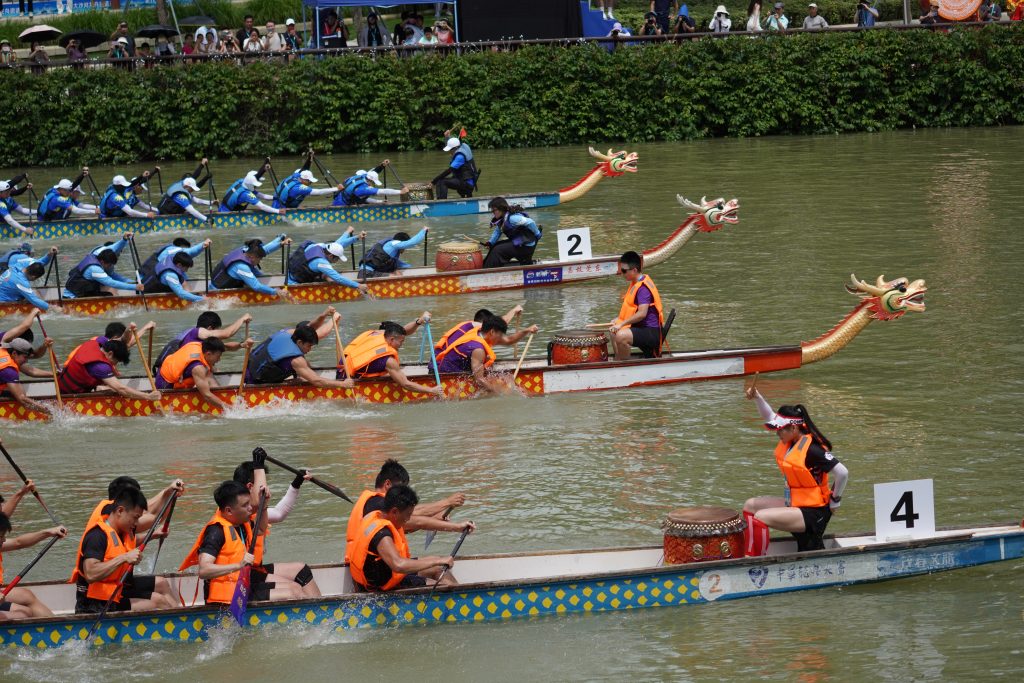
Conclusion
The transformation of Dasha River is a microcosm of the success of Shenzhen’s water resource management and serves as a vivid lesson in environmental protection. It highlights that water resource management is not only a necessity for environmental protection but also the foundation for sustainable social and economic development. Only through the collective efforts of society can we ensure a future with clean water and a better ecological environment for generations to come.
